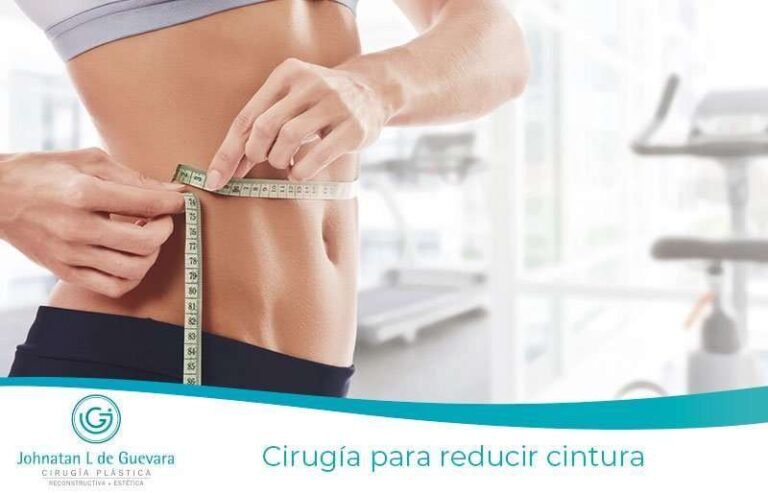Lipotransfer (risk) is a method by which fat can be moved in those areas where it is considered that there is too much and take it to the areas where you want to increase the volume such as breasts or buttocks.
Some of the most popular cosmetic surgeries worldwide are liposuction, breast augmentation and buttock augmentation, of course each serves a different function and is irreplaceable by any of the above.
As these surgeries are among the most common, it is understandable that there are people who wish to perform all three or at least two of them at the same time, and this has been possible for some years now thanks to liptransfer.
What are the risks of liptransfer?
When a surgical intervention is performed there will always be a variety of risks, many of them are general, that is to say, they will always exist in any operation and others will depend on the type of intervention that is performed.
In the case of lipotransfer there are some specific risks involved in performing the operation:
Hematomas
After the operation, some hematomas remain in the areas most affected by the fat extraction, however in some isolated cases these hematomas may persist for several more weeks.
Seroma
In breast surgeries this is a common risk that can occur in the first 7 to 10 days after the operation and although many times the liquid is absorbed by the lymphatic system, there are occasions when it is necessary to drain it.
Infection
Post-operative infections usually occur in most cases due to poor management in the healing of the scars, so it is of utmost importance to have good hygiene not only in the area but also in the hands and materials to be used when performing the healing of the scars.
Bleeding
This can be due to several factors, such as poor stitch taking, premature stitch removal or poor healing.
Sensitivity changes
The sensitivity of the skin in the affected areas is usually affected in the first few days after surgery.
However, there are isolated cases in which these changes in sensitivity may last much longer or even be permanent.
Poor healing
This problem tends to occur mostly in patients who smoke as this decreases good circulation and oxygenation.
Damage to underlying structures
This is largely due to the amount of fatty tissue to be removed and the surgeon’s handling of it.
Unsatisfactory results
To avoid this type of risk, it is important to make clear the expectations regarding the results of the operation so that the surgeon can say after the evaluation how feasible and likely it is to meet the client’s objectives.
Lipotransfer, risk of solidification and calcification
Since the 80’s fat has been used as an alternative “filler” in cosmetic surgeries since it solves two problems in the same procedure: removing fat where it is considered to be excess and placing it where it is considered to be lacking.
Thanks to its autologous character, the risk of allergies or rejection by the body is reduced, undoubtedly a much more durable and reliable alternative to solid or injectable implants.
However, in 2007 the Society of Plastic Surgeons of the United States issued a statement warning that lipotransfer, a risk that fat transplanted into the breasts could interfere with breast cancer detection.
This is because after some time the fat can begin to solidify and calcify resulting in a misinterpretation on mammograms.
In spite of this, many surgeons have spoken out in recent years claiming that with the advances in technology over the last decade it is possible to differentiate between solidification due to fat accumulation and solidification due to cancer in mammograms.
Even in countries such as Italy, it has been proposed as an alternative for women who have had to undergo total breast tissue removal surgery due to cancer to undergo breast reconstruction by means of lipotransfer.



